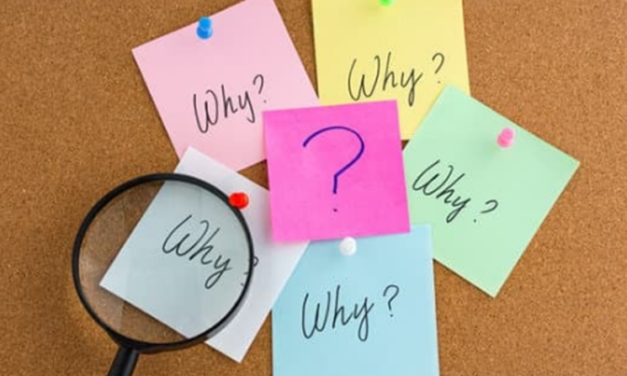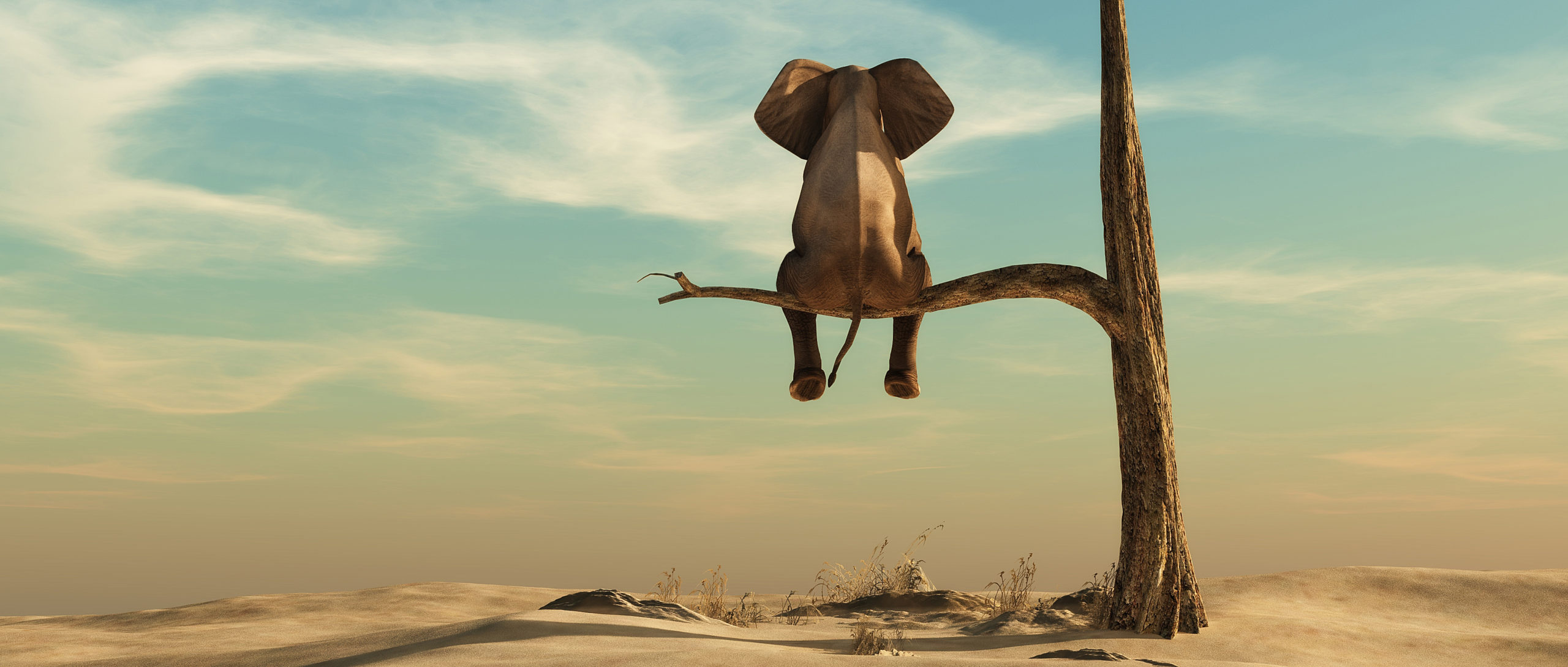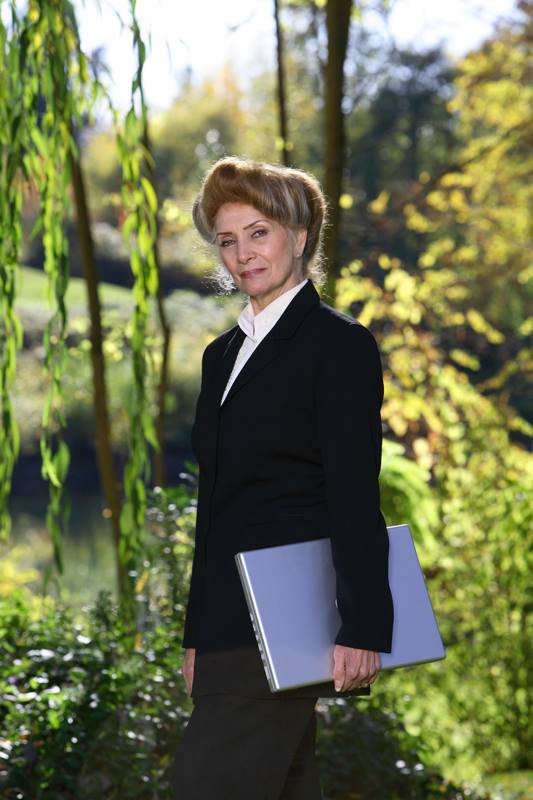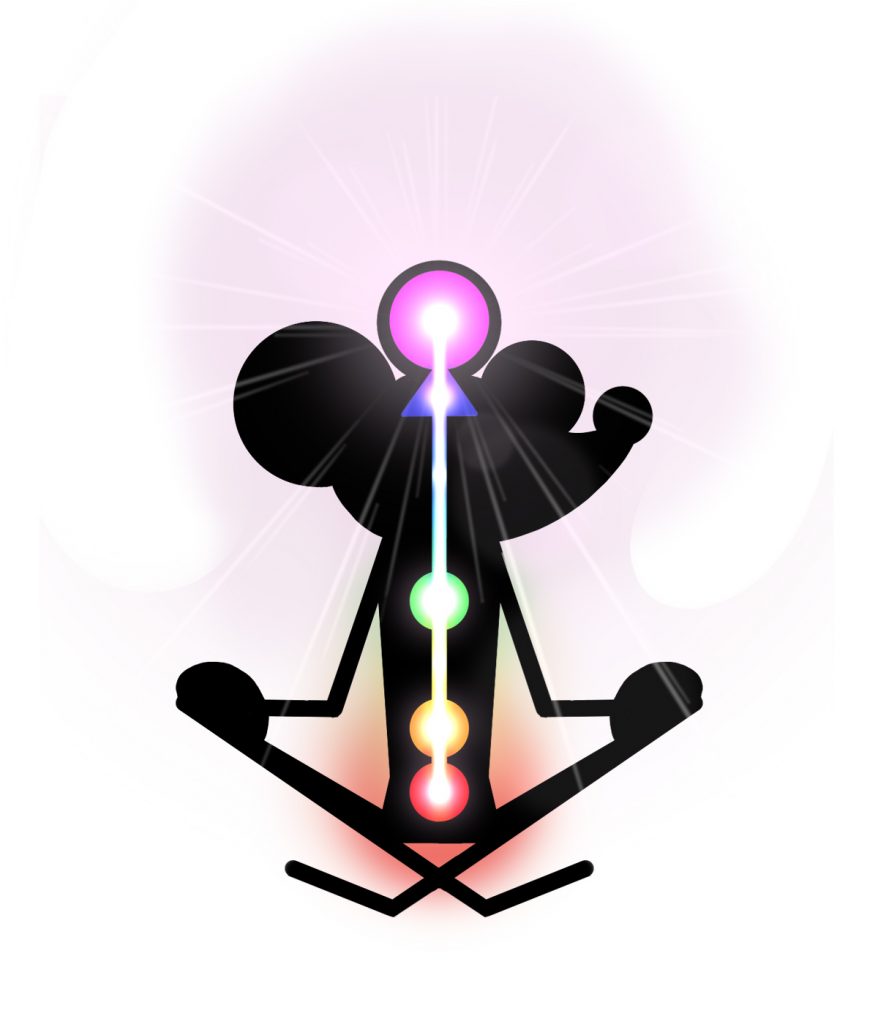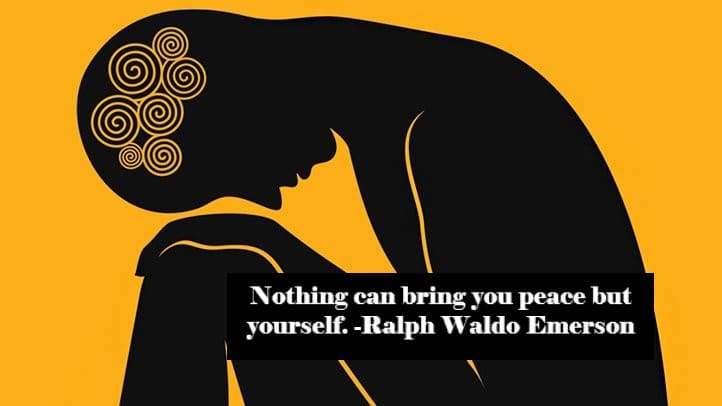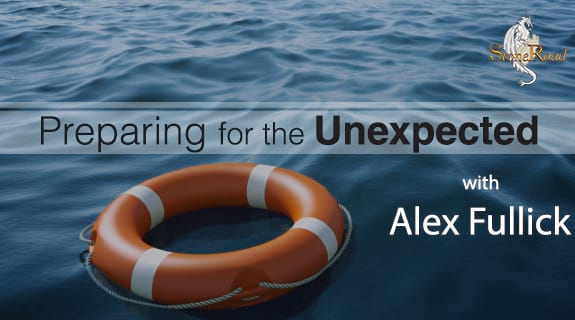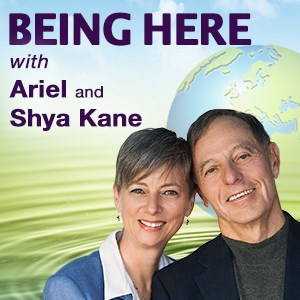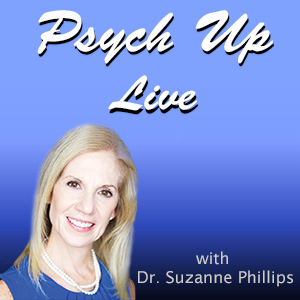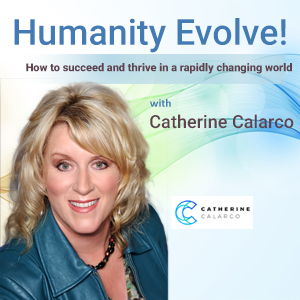The Importance of the WHY: Building Trust and Acceptance
When speaking to Nora Miller, President of Mississippi University for Women, on my...
Read Moreby Stephanie Duguid | Dec 7, 2023 | Empowerment, VoiceAmerica | 0 |
When speaking to Nora Miller, President of Mississippi University for Women, on my...
Read Moreby Amritha Kailas | Aug 16, 2022 | Influencers | 0 |
How to Overcome Loneliness? Are you feeling lonely and dejected in your life? According to a...
Read Moreby VoiceAmerica | Sep 22, 2020 | Health & Wellness | 0 |
Nancy Yonally & James Derick Share Stress-coping Education with Sharon Kleyne on Kleyne Talk...
Read Moreby VoiceAmerica | Jan 31, 2020 | Empowerment | 0 |
A calmer mind can help you respond to stressful situations in a way that is less harmful to your...
Read Moreby VoiceAmerica | Mar 4, 2019 | Health & Wellness | 0 |
This post is written by guest blogger Samar Habib. It is the companion to an interview...
Read Moreby VoiceAmerica | Mar 24, 2018 | Empowerment | 0 |
In a recent episode from my radio show, Uplift Your Life: Nourishment of the Spirit, my guest,...
Read Moreby VoiceAmerica | Jan 16, 2018 | Variety | 0 |
The 2018-03-08 episode will dig a bit deeper into how disasters impact our behaviors and ongoing...
Read Moreby VoiceAmerica | Jun 20, 2017 | 7th Wave, Empowerment | 0 |
June 21: Drama is Optional You have been pre-programmed to get upset and emotional when things...
Read Moreby VoiceAmerica | Apr 30, 2017 | Variety | 0 |
This blog recognizes that stress reduces our performance be it in academics, sports, work...
Read Moreby VoiceAmerica | Feb 14, 2017 | 7th Wave | 0 |
February 15: How Am I Doing?â¦Who Cares? Ready to relieve yourself of the burdensome...
Read Moreby VoiceAmerica | Jan 31, 2017 | Women | 0 |
Interested in learning how to transform yourself at the speed of thought? It takes...
Read Moreby VoiceAmerica | Jan 31, 2017 | 7th Wave | 0 |
February 1, 2017: Lose The Brain Fog Ever get lost in a fog of worry? Worry is something you...
Read More

